My start in the games industry
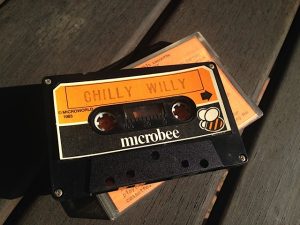
[ 6 comments ]
I’ve been making games for a while and what got me into games as a kid was a visit to the Lismore Show. I grew up in rural NSW and a trip to the Lismore Show was a big event – it was basically lots of cows and horses and ferris wheels. A number of tents were set up to show off different things and in one of the tents was a computer exhibition. In the exhibition they had a PET computer running a game called “Colossal Cave”, which was written by Crowther and Woods.
I went up to it and I typed on it. It responded while I was typing. And there’s a sequence clearly in my head: there was a room with a dwarf, and there was a pot of gold, and he threw an axe at me. And I picked the axe up and I held the axe, then I said “throw axe”, and it said “you threw the axe at the dwarf and he disappeared in a puff of greasy smoke.” That’s the way I remember it as a child. And it was like, my god, this is amazing. It was completely interactive, and from that moment on I thought this is something I want to do. So at that time — I was a child of the 70s — to me this was a way to tell stories that was a very personal way of doing it. And within my realm, not Hollywood’s. So that was very exciting.
I pestered my parents to get the VZ200, a Dick Smith computer, which was made by a Hong Kong company, VTech, and rebadged. It was amazing, it had 4 KB of RAM and built in BASIC. I still have this at home. I got that for Christmas and that was when I started to learn to program BASIC. My first game was called “Attack of the Invisible Werewolf”, which had a little pixel on the screen and after a few seconds, the werewolf would get you and you’d die. It was my first interactive attempt at games.
Then after that in the 80s, Microbee — an Australian made computer, made in Gosford — were rolling out computers to schools. So we upgraded and got a Microbee computer. And this is where I began to program seriously. During high school in the 1980s – 1984, 85 – arcades were huge everywhere. Kyogle, my little country town of 3,500 people had an arcade. There was a game in it called “Pengo” where you push blocks around and I loved playing this game. I think it might have been one of the first match 3 games, where you had to match 3 blocks and they disappeared, which was pretty cool way back in the 80s. And so I went home and I wanted to play it, cos it cost 20 cents a go. And so I got the Microbee and I programmed my own version of that. I called it “Chilly Willy”. Being in high school and not understanding about copyright or anything like that, I broke 2 lots of copyright – I took the copyright of Pengo, and I took Walter Lantz’s beloved little penguin character. On a lark, I sent it off down to Gosford, where Applied Technology and Honeysoft made these computers and games, and they wrote me a letter back saying “Great game, came we publish it?” And I said, “Great, yeah”. So I actually officially was published in high school. I’ve got a cassette tape which I’ve still got, and that was it. It was released. You could only buy it in really small hobby stores or computer stores. The nearest one to me was in Lismore, a little shop called Compu-K. But they sent me two copies, which was very nice of them.
Then the next Christmas break, I thought this was fun. I didn’t tell anyone at school that I was doing this, because it was so nerdy and geeky, that no one knew. (Not even my future wife, who I went to school with.)
I thought, “Oh, this can be original this time”, so I made “Halloween Harry” which was an original concept inspired by “Ghostbusters”. I thought, I’ll make a game where you have to kill ghosts and collect keys and get out…
During this time, the stuff that I was getting information-wise was a lot of stuff from the UK and some stuff from the US, but mostly some cool magazines and…so I was inspired by that.
Then I went to university and studied Computer Science, because the idea of making games for a living, it hadn’t really occurred to me that you could do that. I had gotten royalty cheques of 1 or $2,000 which was great pocket money, but they didn’t arrive until years later, during university time.
I studied computer science then left and worked for Telecom, and found that so horrible I despised computers from that point onwards. I used to write comics and stuff, and through mutual friends I met Steve Stamatiadis and he introduced me to the Amiga. The Amiga computer was a new opportunity to make games again, and my love of computers began to resurface. We decided to remake Halloween Harry for the Amiga computer. I quit my job with Telecom, and we formed Gee Whiz entertainment. It was originally called Interactive Binary Illusions, and I actually funded myself in those early days by writing comic strips for Australian Consolidated Press magazines, ‘quality’ magazines like The Picture, a politically incorrect strip called “Dingo Boy”, and one called “Vixen Rangers”, and – god bless ACP – they paid well. So that sort of funded my early days with computer game development.
I hung in making games and Halloween Harry found a new audience – which I kicked off my career making games, which I have managed to do so since.

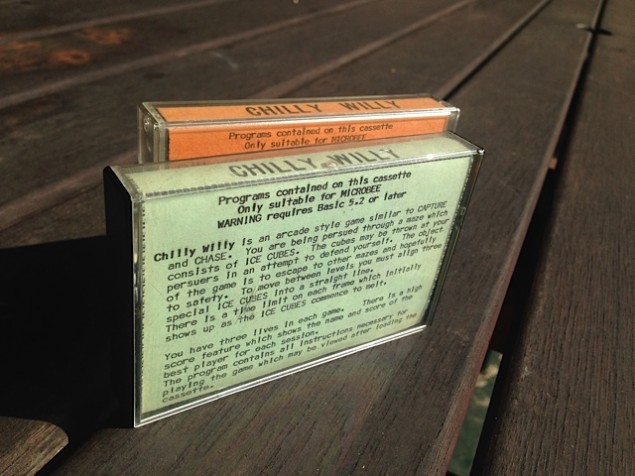
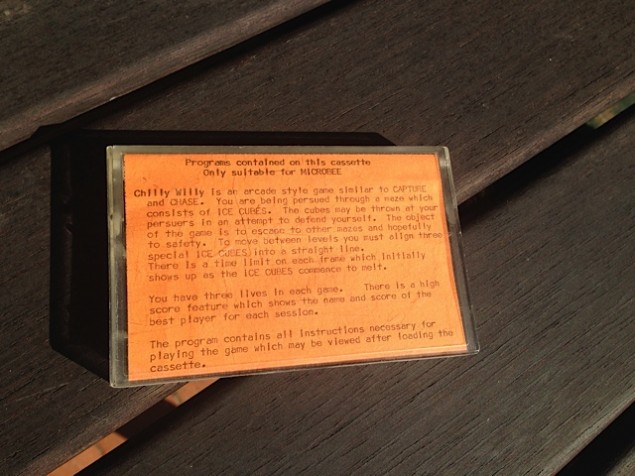
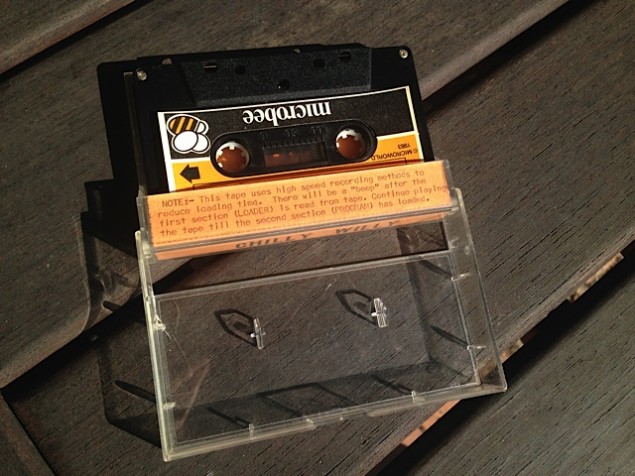
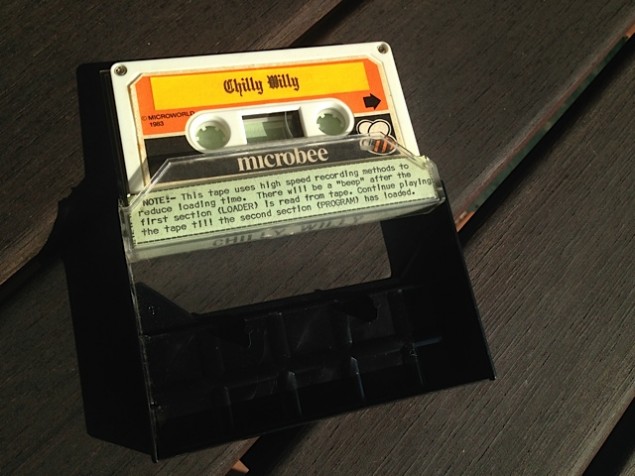
Great memory! And its very cool to see you’ve kept those memories – Its great to look back on where you started and where you are now.
Me, I wished I’d actually attempted to sell my games back then – even back in the early basic days, I’d written quite a few game projects. There was a licensed redistributor in NZ that would duplicate cassettes and package them that offered to pay royalties on local programs… Oh well, all in hindsite! 🙂
So many similar memories…I started my own little game publishing operation for the VZ200 called Lysco in 1983. And like you, most of my school friends didn’t know about it…far too nerdy!
BTW – I hate to be a pedant, but for the sake of historical accuracy the first VZ had 8K – 2K of video RAM and 6K user RAM.
Thanks for the correction on the VZ RAM Leon – I knew it wasn’t much 🙂
Kevin, what was the main computer for games in NZ at the time?
I dunno if there was a particular “main” computer – there were the usual spread of Commodore, Atari and Sinclair machines. Apple II and System 80’s were also popular back in the day, but it was the main players that seemed to be what most people had…
When the Amstrad 464 and upwards came out, I do know that it became very popular.
Mostly the same computers were available in NZ and Aus, but there don’t seem to have been all that many Microbees sent to NZ, which is curious, as they sent them to Scandinavia! I’ve heard of a few Bees in NZ, but not many. It’s also interesting what you’re saying about the Amstrad, Kevin. It was distributed by the same family business that’d earlier brought the Sega SC3000 to NZ. Do you recall people developing software for the Amstrad locally?
The only person I really knew was a friend I met at University in 1988 – we both planned on writing and selling games, but the first thing he developed was a ZX Spectrum tape loader for the Amstrad (so he could bring my ZX Spectrum data across)… And that was pretty much where it started and stopped…
As the 90’s crept in, our hardware upgraded later in the 90’s (PC), the whole 80’s gaming plan just dwindled. We did however write a few Shareware programs for the PC, and while Shareware didn’t pay (well, apart from 1-2 people) it was something…
Most other friends I had with Amstrad’s were, well, game players rather then interested in programming. Seems it was usual for a lot of families to get a home computer to run software on, not to learn to program…